Linear and Quadratic Functions Worksheet
Are you struggling with understanding linear and quadratic functions? Look no further, this worksheet is designed to help you grasp these concepts effectively. Whether you are a high school student preparing for an exam or an adult looking to refresh your understanding of these mathematical entities, this worksheet will provide you with plenty of practice problems to solidify your knowledge.
Table of Images 👆
More Line Worksheets
Lines of Symmetry WorksheetsLine Drawing Art Worksheets
Drawing Contour Lines Worksheet
Blank Printable Timeline Worksheets
2 Lines of Symmetry Worksheets
Linear Equations Worksheet 7th Grade
Rounding Decimals Number Line Worksheet
College Essay Outline Worksheet
Texture Line Drawing Techniques Worksheet
Outline Format Worksheet
What is the definition of a linear function?
A linear function is a mathematical function that can be represented by a straight line on a graph. It is of the form f(x) = mx + b, where m is the slope of the line and b is the y-intercept. Linear functions have a constant rate of change and do not have squared or higher powers of x.
How can you recognize a linear function from its equation?
You can recognize a linear function from its equation by looking for a term with a constant rate of change or slope associated with the independent variable. In a linear function, the highest power of the variable is 1, and the general form is usually y = mx + b, where m is the slope of the line and b is the y-intercept. If the equation follows this form, then it is a linear function.
What is the general form of a quadratic function?
A quadratic function is generally written in the form of \( f(x) = ax^2 + bx + c \), where \( a \), \( b \), and \( c \) are constants, and \( a \neq 0 \).
How can you determine if a function is quadratic by examining its equation?
To determine if a function is quadratic by examining its equation, you can look for the presence of a squared term (x^2) as the highest degree of the variable in the equation. A quadratic function typically has the form f(x) = ax^2 + bx + c, where a, b, and c are constants. If the equation fits this form and the highest power of x is squared, then the function is quadratic. Additionally, the graph of a quadratic function is a parabola, which opens upwards or downwards depending on the sign of the coefficient of x^2.
What is the graph of a linear function?
A linear function represents a straight line on a graph, with a constant rate of change. The graph is a straight line that extends infinitely in both directions. It can be represented by the equation y = mx + b, where m is the slope of the line and b is the y-intercept. The slope determines the steepness of the line, while the y-intercept is the point where the line intersects the y-axis.
How does the graph of a quadratic function differ from that of a linear function?
The graph of a quadratic function is a parabola, which is a u-shaped curve, while the graph of a linear function is a straight line. Quadratic functions have a squared variable term, which gives them a curved shape, whereas linear functions have a variable term raised to the first power, resulting in a straight-line graph. Additionally, quadratic functions have a vertex, where the parabola changes direction, while linear functions have a constant slope throughout the graph.
How can you find the x-intercepts of a linear function?
To find the x-intercepts of a linear function, set the function equal to zero and solve for x. The x-intercepts are the points where the function crosses the x-axis, meaning that the y-coordinate at those points is zero. By setting the linear function equal to zero, you can identify the x-values at which the function intersects the x-axis, providing the x-intercepts.
How can you find the vertex of a quadratic function?
To find the vertex of a quadratic function in the form of y = ax^2 + bx + c, you can use the formula x = -b / 2a to determine the x-coordinate of the vertex. Once you have found the x-coordinate, you can then substitute that value back into the original equation to solve for the y-coordinate of the vertex. The vertex of a quadratic function represents the highest or lowest point on the function's graph and is the point where the function changes direction.
What is the relationship between the leading coefficient of a quadratic function and the shape of its graph?
The leading coefficient of a quadratic function affects the shape of its graph by determining whether the parabola opens upwards or downwards. If the leading coefficient is positive, the parabola opens upwards, creating a "U" shape. If the leading coefficient is negative, the parabola opens downwards, creating an upside-down "U" shape. The larger the absolute value of the leading coefficient, the steeper the parabola will appear on the graph.
How can you find the solutions to a quadratic equation?
To find the solutions to a quadratic equation, you can use the quadratic formula - x = (-b ± ?(b² - 4ac)) / 2a, where a, b, and c are the coefficients of the quadratic equation in the form of ax² + bx + c = 0. Alternatively, you can also factorize the quadratic equation if possible to solve for the roots.
Have something to share?
Who is Worksheeto?
At Worksheeto, we are committed to delivering an extensive and varied portfolio of superior quality worksheets, designed to address the educational demands of students, educators, and parents.




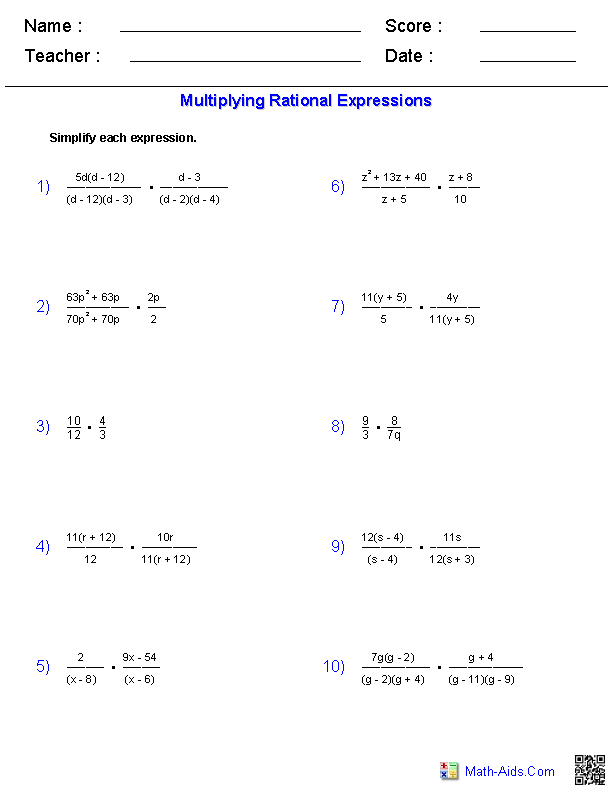
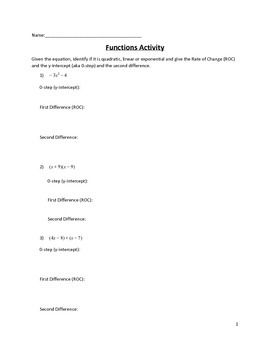
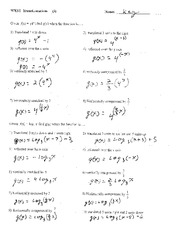
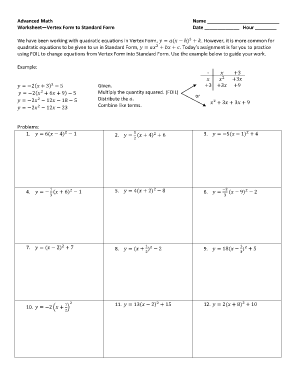
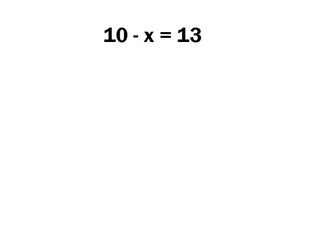
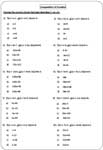














Comments